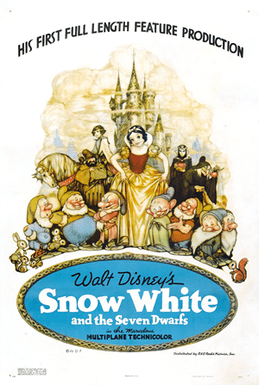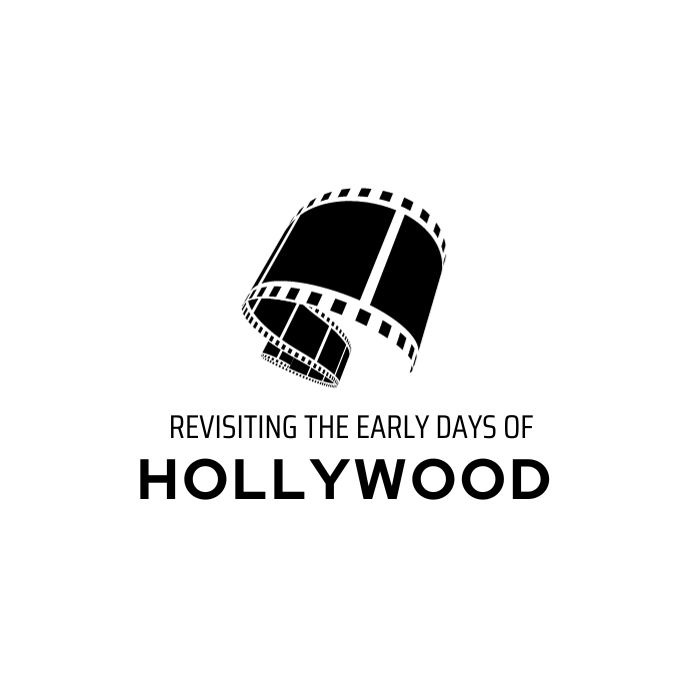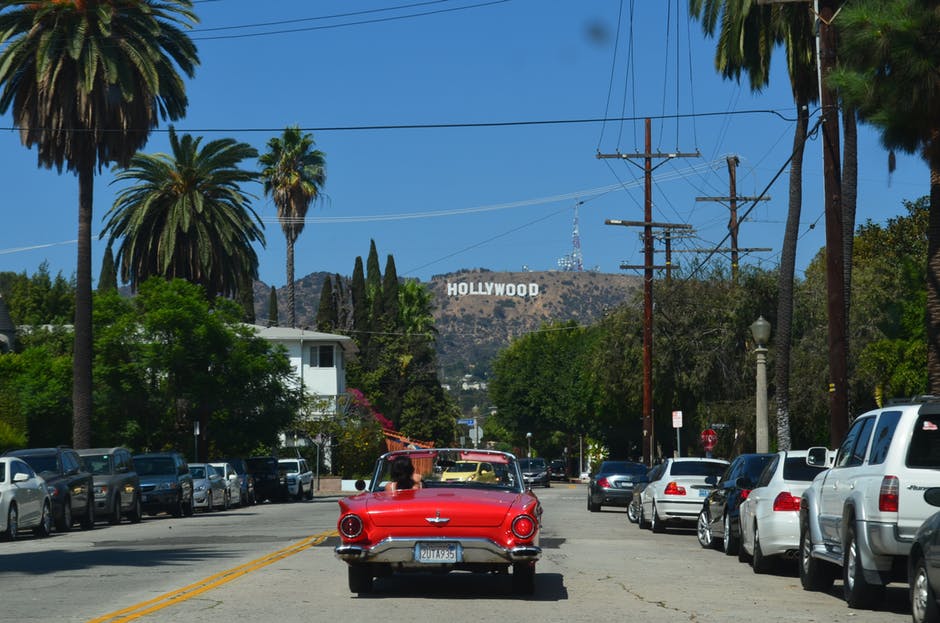When we hear the word Hollywood the words money, power, fame, entertainment, glamor, and fortune comes to our mind. Hollywood is considered to be as the show-business capital of the world and it is home to several famous record companies and movie and television studios. But before reaching its glamorous status, Hollywood has its humble beginnings where it began as a small agricultural community and before being slowly turned into a diverse metropolis where famous movies are made, stars are born, and dreams come true. Let’s take a look at the early days of Hollywood.
History
Back in 1853, only a small adobe hut existed in Hollywood. But after the next two decades, it became a flourishing agricultural community in which named Cahuenga Valley. In 1833, a real estate developer and politician named Harvey Henry Wilcox purchased one-hundred and fifty acres of land west of Hollywood where he attempted to try his luck at ranching.
Unfortunately, it did not turn out well that’s why he decided to file plans with the Los Angeles County’s Recorder’s office to subdivide the land in 1887. That’s the start of Prospect Avenue and upscale homes started to spring up.
In 1902, Hollywood improved and it had its own hotels, markets, post office, and even a streetcar. And that’s when H.J Whitley came into the picture, he is also known as the Father of Hollywood. Whitley established the Hollywood Hotel, which is now known as the Dolby Theater, a place which hosts the Oscar’s ceremony every year. Whitley also developed the Ocean View Tract which is an upscale residential neighborhood. H.J Whitley also helped to bring electricity to the area and he also helped financed the building of a bank in Hollywood.
Up to this day, how Hollywood got its name is still unclear. According to some, Harvey Henry Wilcox and his second wife Daeida Wilcox named their ranch Hollywood and the name stuck. But another story suggests the H.J Whitley thought of the name while he was on his honeymoon in the area in 1886.
The Rise of the Film Studios
In 1910, the short film In Old California was the first film that was made entirely in Hollywood. And by 1911, the first movie studio was erected on Sunset Boulevard and four years after that, almost all the major motion-picture company from the East Coast had relocated to Hollywood. Since then, Hollywood had been the ideal place to film and produce movies mainly because producers can produce movies without the thought of being sued for infringing on motion picture film patents that were held by Thomas Edison and the Motion Picture Patent Company. And Hollywood had warm, sunny water with a diverse terrain that makes perfect backdrops for movies.
The Famous Hollywood Sign
Aside from the studio tours and the Hollywood Walk of Fame, one of the must-see attraction in the area is the Hollywood sign. But did you know that this sign was originally a clever electric billboard which is used to advertise an upscale suburban neighborhood which is now known as the Hollywood Hills.
Golden Age of Hollywood
The Golden Age of Hollywood was a period of experimentation, growth, and change which gave Hollywood its international prestige and its movie stars. During that time, there were five major movie studios known as the “Big Five” and these are RKO, MGM, Warner Brothers, Paramount, and Fox. And there were other smaller studios such as United Artists, Columbia, and Universal.
Even if some people say that the Golden Age of Hollywood started at the end of the silent movie age, dramatic films like The Birth of a Nation and The Kid, who starred Charlie Chaplin, gained popularity worldwide. Movie stars such as Tallulah Bankhead, Charlie Chaplin, and the Marx Brothers were loved and adored everywhere.
When sound was introduced to the movies, Hollywood producers started different genres such as doing romantic dramas, horror films, Westerns, and musicals. It was also the start of the time where studio movie stars were more idolized and Hollywood had gained its reputation of glamor and fame.
The 1930s was the height of Hollywood’s Golden Age and the movie industry became one of the largest businesses in the country. Even in the time of the Great Depression, people went watching movies almost every week as an escape for their struggles even if it’s only for a couple of hours. An estimated eighty million Americans went to the movies every week during the Great Depression.

The 1930s also saw the birth of the some of the more iconicfilms that were made in Hollywood such as Citizen Kane, Gone With The Wind, Snow White and the Seven Dwarfs, Wuthering Heights, and The Wizard of Oz and many more.



